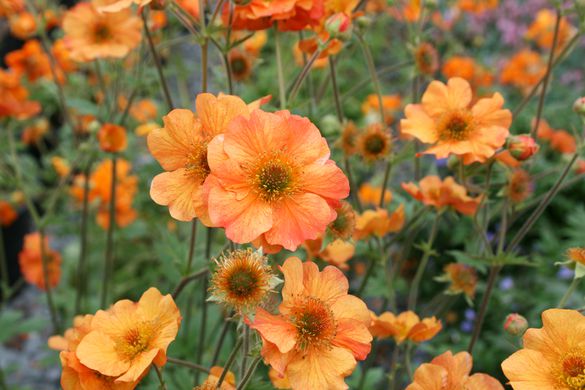
It’s been a depressing week this week so my go to activity for weeks like this is to spend time looking at pretty flowers that beautify our world and help feed the pollinating insects and beautify our world. This week I’m listing my favourite easy-to-grow plants for early summer colour.
Nothing mentioned in this article has been sponsored. It’s all just my own personal opinion. If you like your sources to remain independent then please;
share this article, or
buy me a coffee on Ko-fi, or
make a one-time donation via Paypal
Geums (see photo above) are a very versatile plant in the garden because they come in a wide range of colours. Thankfully they’re also unattractive to slugs, a bit plus in my garden. Most are semi-evergreen and love moist soil, so it’s a good idea to put compost in the bottom of the hole when planting them. You’re advised to plant them in partial shade, as the foliage can scorch in full sun but I have some happily growing in full sun. Some geums throw up tall flower spikes that need staking, while other forms are lower growing and as such need no support. The flowering time depends on the type you buy, some give a blaze of colour early on and then a second one in late summer. Others flower through-out mid-summer. I’d advise asking in garden centres, or checking out your neighbours gardens! All types will benefit from regular dead-heading. I’ve also heard that you can make a version of ‘hot’ chocolate from the root of geum rivale!
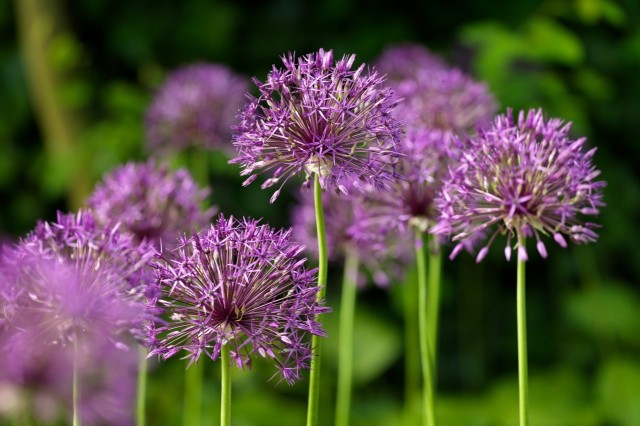
Alium (Ornamental Onions) are great for adding a shot of colour and drama into an early summer border. The purple drumstick varieties are probably best know but the white drumstick versions are very striking too, planted in groups of 3 or 5 or just dotted throughout the border. Deciding he best alium is very subjective, my favourite purple alium is Purple Rain because it’s less dense than other varieties, but you prefer purer geometry check out Purple Gian or Globemaster. Aliums don’t just come with round flower heads, there is the stunning honey garlic alium with its pendulent pink / green bells and alium Shubertii that looks like a firework in mid-fire. Aliums prefer full sun, but will tolerate partial shade albeit with more foliage growth. Don’t worry if you see the leaves wilting as the flower spike emerges, this is normal. When planting in Autumn in well draining soil, plant the bulb slightly deeper than stated as this helps prevent them from flopping over when in flower. If you’re soil isn’t free draining just put some grit at the bottom of the planting hole to prevent the bulb from sitting in water and rotting.
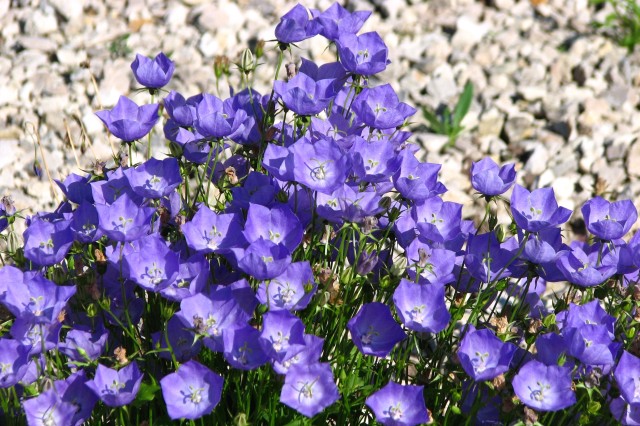
Campanula (Bell Flower). I absolutely adore this long-flowering plant, which comes in such a wide variety of forms and colours. Most types are slug resistant, particularly if grown by reputable nurseries. That said I have lost a few to those pesky molluscs so check before you buy and keep an eye on them for a few weeks. They are typically bought in blue but you can also find them in white, pink and purple too. Campanulas like full sun in well-drained soil. The only care this plant really needs is deadheading as flowers go over and some varieties may need their tall flower spikes staked. When buying make sure you get a perennial version, i.e. one that comes back year after year.
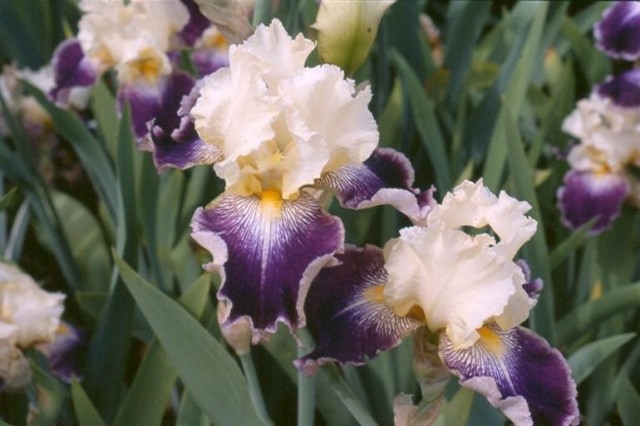
I used to think Bearded Irises were slug resistant but having invested in two new varieties this year I’ve discovered this not to be true. I’m still including them in my list because I think that if you’ve an area in your garden that you can protect from slugs these plants are so worth growing for their flamboyant flowers and easy care. Apart from a bit of deadheading and leaf tidying all you need to do with these plants is to ensure that their rhizomes get the full sun so they can build up the energy for next year’s flowers. Whatever you do don’t cover the rhizomes with soil when planting or allow them to be shaded by other plants over the summer. I always feel gardens with bearded irises just look more professional than those without. Maybe I’m biased!
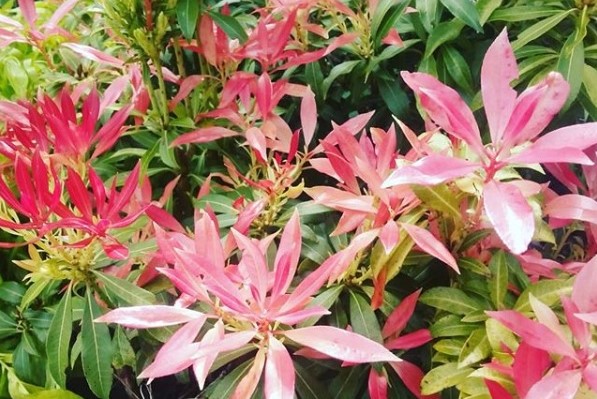
Most gardens need shrubs to give structure and one of my favourites is the Pieris. These like acidic soil but will grow very well in neutral soil too, but with a mulch of ericaceous soil in the Autumn. These plants keep their leave all year round but really come into their own at this time of year when their new foliage takes on a pink or red hue, depending on the variety. They do also flower but the flowers are secondary to the new foliage, which can be bleached by strong sun so locate in partial shade if possible. Some varieties of pieris are quite compact and form dense shrubs but the waterfall variety is much looser and to my mind more attractive. You can also get dwarf varieties of pieris but standard shrubs are the norm in garden centres and if left unpruned can grow into the size of a small tree over a long, long time.
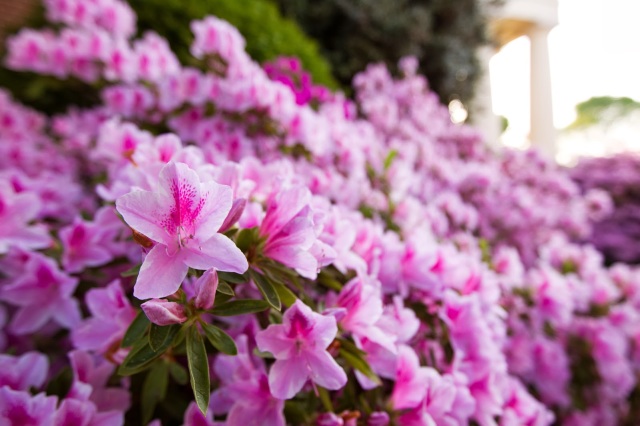
Azaleas are from the rhodendendrum family and are truly spectacular when in flower. They are fully hardy but do need to be planted in a sheltered spot or the flower buds will be damaged by frost. They prefer acidic soil and so need a mulch of ericaceous soil in the Autumn if you don’t have it naturally. If the leaves are yellowing a bit during the year just sprinkle a bit of Sulphate of Iron around the base of the plant and water it in. Also if you’re having a particularly dry Autumn I would water them otherwise they can have trouble setting flowers for the following year. It’s also worth deadheading to ensure a fabulous flower display year on year.
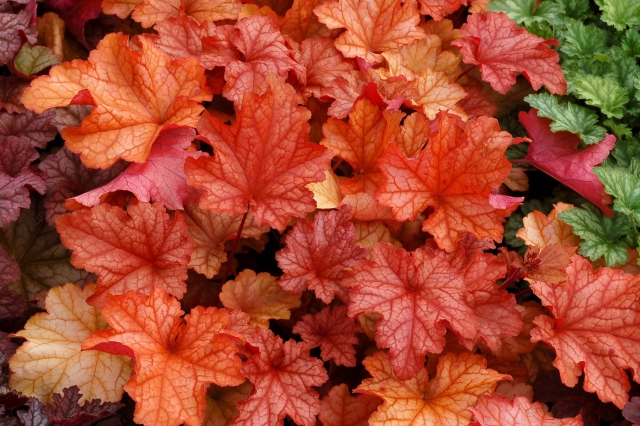
Heucheras are not grown for their flowers, although they do have some, they’re grown more for their foliage which can be any shade of pink, orange, red, green, purple or combination of the four. This plant is hardy and will come through the winter as long as it doesn’t sit in water so I’d advise putting compost or some grit in the bottom of the planting hole to avoid this happening. In my experience varieties with softer leaves are less hardy than other forms so if in doubt go for variety with glossy leaves. After winter these plants can look a bit bedraggled but by the end of spring the new leaves are beginning to sprout and before you know it they’ll cover over any old growth and the whole plant will look radiant. These plants are particularly good as backdrops with flowering plants and offer the opportunity to create stunning colour combinations.
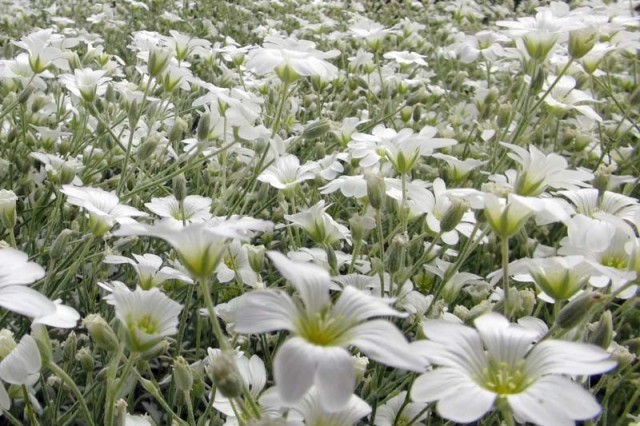
Snow in Summer is beautiful low growing relative of the carnation. It flowers all summer long and it’s combination of silver leaves and white daisy style flowers is a real crowd pleaser. Best of all you can practically ignore it and it’ll thrive. Being a native of Italy it loves full sun but will tolerate partial shade. It’s very drought tolerant and really only needs watering in the driest of spells. It’s also hardy in Ireland and so doesn’t need ant protection in winter. Being low growing is can provide shelter to the dreaded slug, but on the upside though you know where to find them!
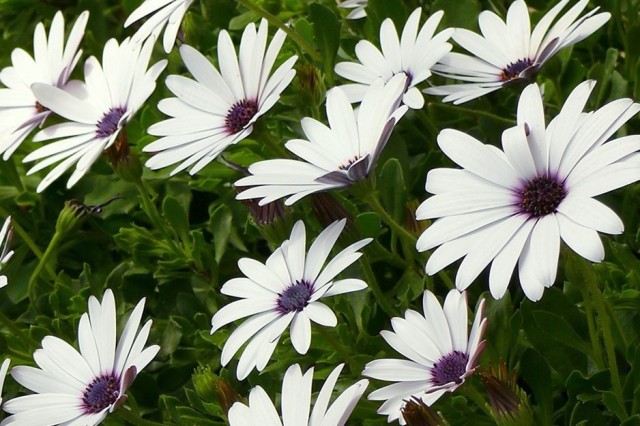
Another clump forming plant that gives delivers eye-catching display is the hardy Osteospermum (African Daisy). You’ll get away with these in partial shade but if you really want lots of flowers then plant them in full sun. Having a mat-forming growth habit it’s a plant that’s great for suppressing weeds, but like snow in summer, this also means it can provide shelter for slugs. Some garden centres label non-hardy African daises as osteospermums, which is a mislabelling so double-check hardiness before you buy. Also if you’re prone to hay fever these, or any other daisy, might not be ideal as they tend to be higher in pollen.
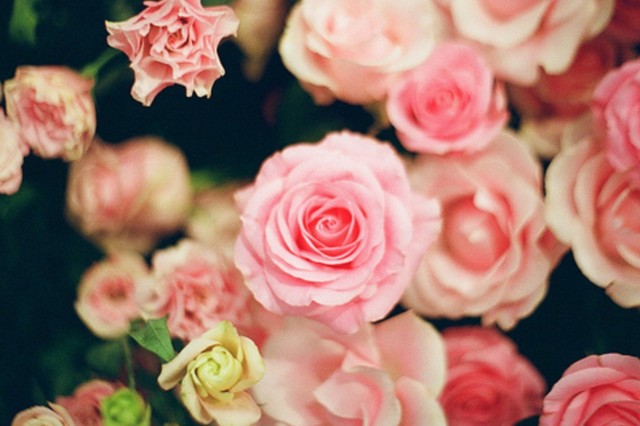
Wake up and smell the Roses! I found roses quite hard to grow without chemicals in my north-facing back garden so I gifted them to people with better growing conditions. I now only have one stunning ruby-red patio rose on my front porch and it’s completely free of all disease. It’s a case of right plant, right location and now I’m back in love with roses. I know disease resistant varieties are available but they are just that, disease resistant, not disease proof and so it’s always better to prevent a problem rather than treat it. The main issue with roses is their need for ventilation, if they don’t get it they’ll invariably succumb to black spot. Modern borders tend to fit plants cheek by jowl, which really doesn’t suit roses at all. They prefer to stand alone so if you want a rose in your garden make it a centre piece and place it in full sun in rich moisture retentive soil. And with roses coming in a variety of forms including; dwarf, shrub, standard (lollipop shape), rambling, climbing and ground covering, there’s sure to be one to fit all locations. There are also roses that provide new flowers as previous ones fade over the entire summer or ones that flower all at once creating an abundance of flowers and fragrance.
Check out the other articles in this series
- Creating an Ornamental Garden: Selecting Plants
- Creating an Ornamental Garden: Planning for Summer
- Creating an Ornamental Garden: Spring Colour
- Creating an Ornamental Garden: Mid Summer Colour
- Creating an Ornamental Garden: Late Summer Colour
- Wildlife Friendly Gardening
- Sustainable Gardening Hacks
- Guide to Composters and Composting
E
PS – This time in previous years I published a recipe for homemade pizza and ideas for planet positive gifts for teachers.

I love snow in summer, but don’t see it often. Your flowers are beautiful!
LikeLiked by 1 person
Thanks. They’re not all my own photos of my plants. I’m not a good enough photographer!
LikeLike
Thats such a colourful post, loved it totallly ❤ Keep Glittering, Love TGA by Misha 🙂
LikeLike
Thanks Misha. Very kind of you to say.
LikeLike